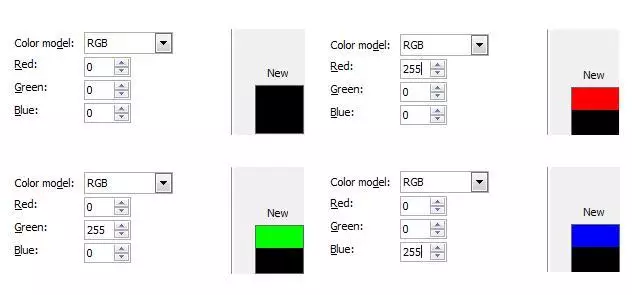Kiran Prayagi unravels colour management
Kiran Prayagi, print technologist and chairman, Graphic Art Technology & Education demystifies colour management in a series of articles. In this first article, he explains colour, its properties and the measurement for reproducing them efficiently.
25 Sep 2012 | By PrintWeek India
Colour measurement at every stage is an essential for reproducing the right colours efficiently. The various methods of colour measurement are:
1. Human memory
2. Colour charts
3. Colour reference catalogues
4. Densitometers
5. Colorimeters
6. Spectrophotometers
1. Human memory
Since childhood we closely observe nature in its various colours and shades, developing a strong bond with surroundings. We learn and recognise most colours with relation to their representative natural element: Blue is for water as green is for grass, and so on.
The blue sky or the blue water has variations of the colour from cyan-blue to greenish-blue and when any of these hues are reproduced in front of us, the memory accepts it. Similar is the case with green grass and foliage from bluish-green to yellowish-green and skin tones from light pink to dark brown. See figure 1.
2. Colour charts
Colour charts are combinations of the primary colours: red-green-blue and secondary colours i.e. the printing primaries: cyan-magenta-yellow-black.
These charts are useful where reproduction is carried out using these basic colours. RGB charts are useful to work on colour computers for soft viewing whereas the CMY and CMYK charts are useful in the printing processes with ink-on-paper.
RGB charts are defined and measured in terms of ‘grey values’. Grey value of ‘0’ indicates absence of colour and ‘255’ indicates full strength colour. The in-between values give various shades of the same colour. Thus, there are three colour scales; one each for red, green, and blue. Its different combination value produces various colours.
CMY or CMYK charts are defined and measured in terms of ‘dot percentages’. Dot percent of ‘0’ indicates base unprinted substrates and ‘100’ indicates full strength colour. In-between values give various shades of the same colour. Thus there are three or four colour scales; one each for cyan, magenta, yellow, and black. Its different combination values in dot percentages give various colours.

The customer sample is compared with the closest match in the colour chart. Colour values of that particular patch in the colour chart is read and assigned to the colour in question in the reproduction. This method has been followed in the printing processes for the last almost over 70 years and has been working satisfactorily.
However, the drawbacks of this method can be listed as:
-Substrates used in production rarely match substrates used for colour charts.
-Printing inks used in production may be different than used for colour charts.
-Printing ink densities in production may be different than on colour charts.
-Dot gain in production may not match the one in colour charts.
-Colour ink sequence in production may be different than on colour charts.
-Since this is a visual colour measurement system, light is very important
3. Colour reference catalogues
Colour reference catalogues go beyond the basic three or four colours and its combinations. For more accurate colour reproduction of company logos, product colours, etc. special colour inks are necessary. Colour reference catalogues are useful for this purpose.
At the ink mixing stage, various colour combinations of around 14 basic colours give lots of colours that can be directly applied on the substrates through the printing processes. This is applied as 100 percent dot, i.e. solid colour for good colour match.
These catalogues are available from Pantone, Focoltone, Toyo, DIC, ANPA, HKS, TruMach, etc.
However, a colour reference catalogue shares drawbacks with the colour charts, the process being subject to human error.















 See All
See All